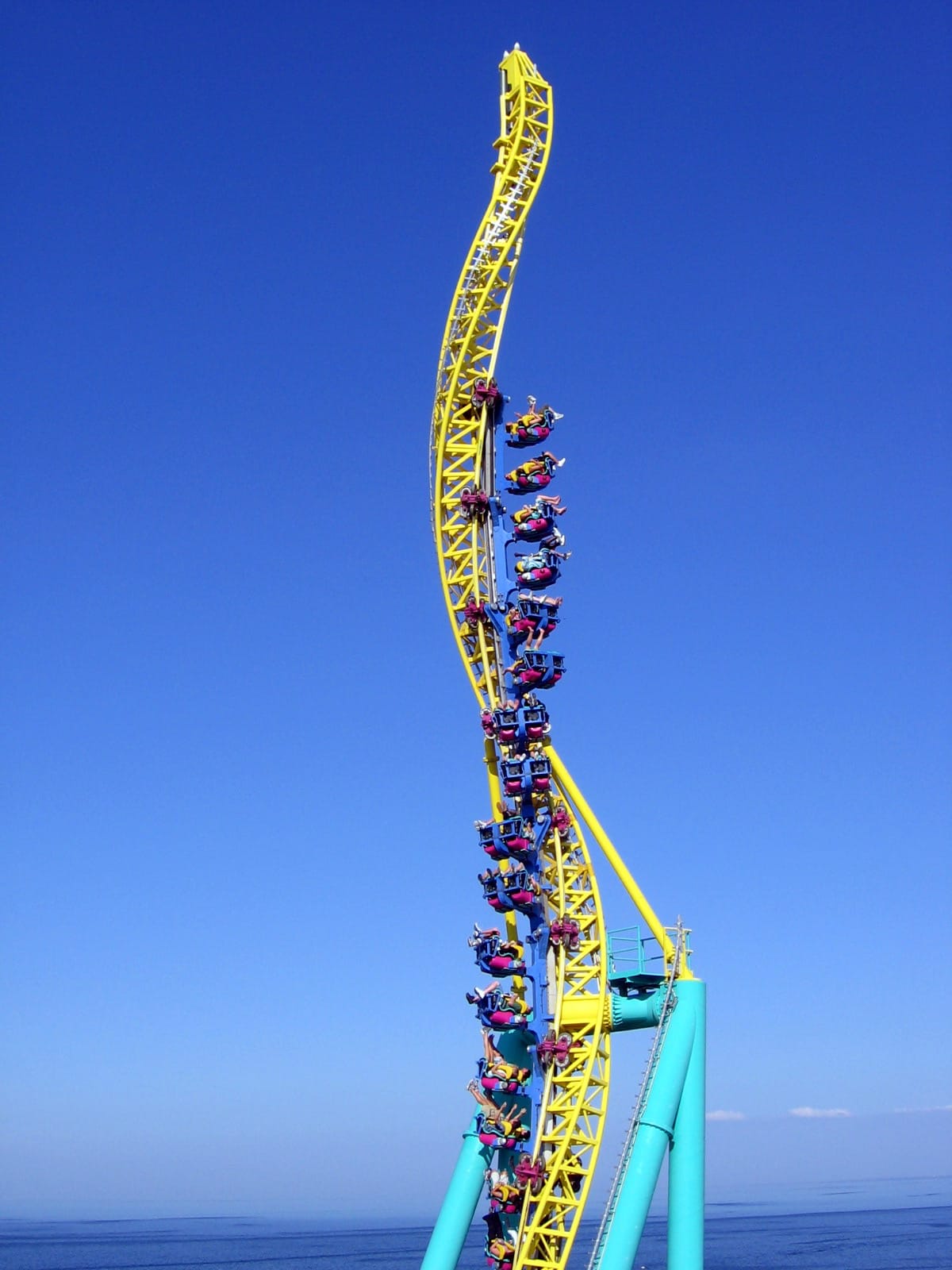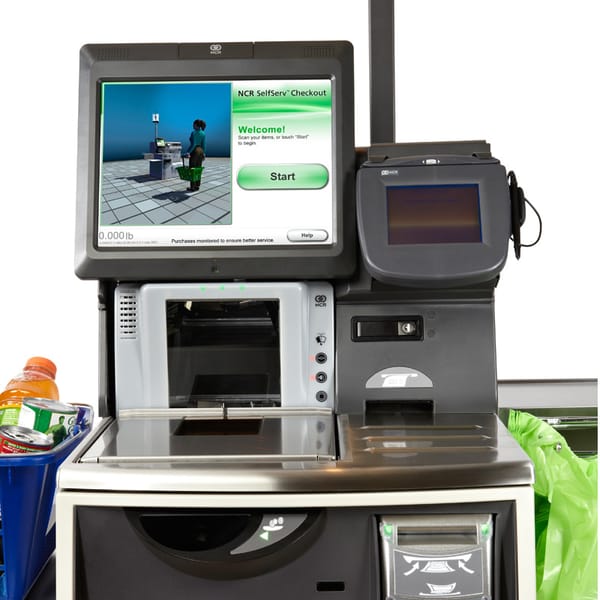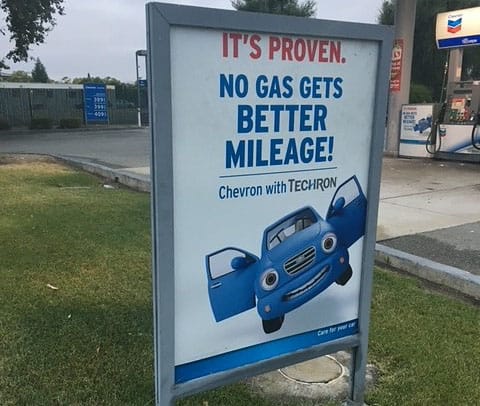Story Time: Economic downturn, and a big hole
Sometimes, cost savings are counterintuitive. It can lead to a white-knuckled ride

Going way back to the beginning of my Product Management career. I started my journey in product in early 1998. I remember it well because just before I jumped into the product role, I had done a trip to Korea, and I had a few hundred dollars’ worth of Korean Won. I figured that I would be headed back, so I didn’t bother to exchange it back into US currency.
That was a mistake.
The Korean Won collapsed. It crashed and lost 50% of its value overnight. Essentially the packet of Won I had in my passport billfold was half the value it was when I landed in SFO.
Ouch.
But this unfortunate bit of FX losses isn’t the point of this post. Hell, it would be over by now. Nope, since I was working on a product that was naturally going to be sold all over the world, but plenty of opportunity was to be in Asia.
But that still isn’t the reason for this post. That would be a boring story.
The Meat
I joined the company to do the last 30% or so of product development and then all the activities to launch it. Granted, I wasn’t doing the wrench turning, but the activities required to release a $2M instrument for semiconductor manufacturers.
There was a shit-ton of work to do. Go to market plans, Sales training to execute on, application notes to write, research and papers to write to promote the product and technology, meetings with prospects, a beta test to run, early customers to support.
I had a more than full time job.
But the company was feeling the pinch. The Asian Flu1 hit hard, and many of our orders dried up. Opportunities in the pipeline slowed to a crawl. Orders placed were put on hold (technically delayed delivery), and orders delivered were slow walked on the acceptance2.
In short, it was bad. Really fucking bad.
We needed to save money. I learned about “mandatory PTO3”. In the first 3 quarters I was there, we were required to use 160 hours of PTO. Since I had none, I was allowed to go negative. I was the better part of 150 hours in the hole when all was said and done.
But I had a problem. I couldn’t afford to take 4 weeks of time off. The schedule of activities and work to be done to actually launch the product was off the charts.
I knew that I needed get the work done, so I had a tacit agreement with my boss. I would “take” the time off, but I would work. And that we would have a gentleman’s agreement that I would be able to use that time off later.
It made me nervous. If I got laid off, I would lose the time, and that was scary.
But I really wanted my product to release on time and be successful. So I burned the midnight oil, taking a huge risk that I would get caught out.
At the end of the day, I released the product, we won the Intel business, I traveled a ton, I was able to offload the Won, and I finally went positive on my PTO.
It all worked out.
Final Note
During this stressful time, I was invited to play a round of golf with my boss. It was at a country club in Livermore, and I played my usual mediocre game4. As we sipped a cocktail at the nineteenth hole, my boss warned me that the next day I should work with my office door closed, and the lights dimmed. On Monday, they were going to lay off about 40% of the manufacturing team, and many of them were gun nuts.
Gee, thanks for the head’s up!
https://en.wikipedia.org/wiki/1997_Asian_financial_crisis ↩
In semiconductor capital equipment industries, you get paid when the instruments are installed, and pass the acceptance tests, this triggers the payment. ↩
Mandatory PTO is time you were forced to take off. To use accrued time off, it seems like it wouldn’t save money, as you get paid, but it is a different pot of money, it does save OpEx. ↩
I like to say that I get my money’s worth. I have broken 100 strokes a couple of times, but my usual round was ~ 120 strokes.



